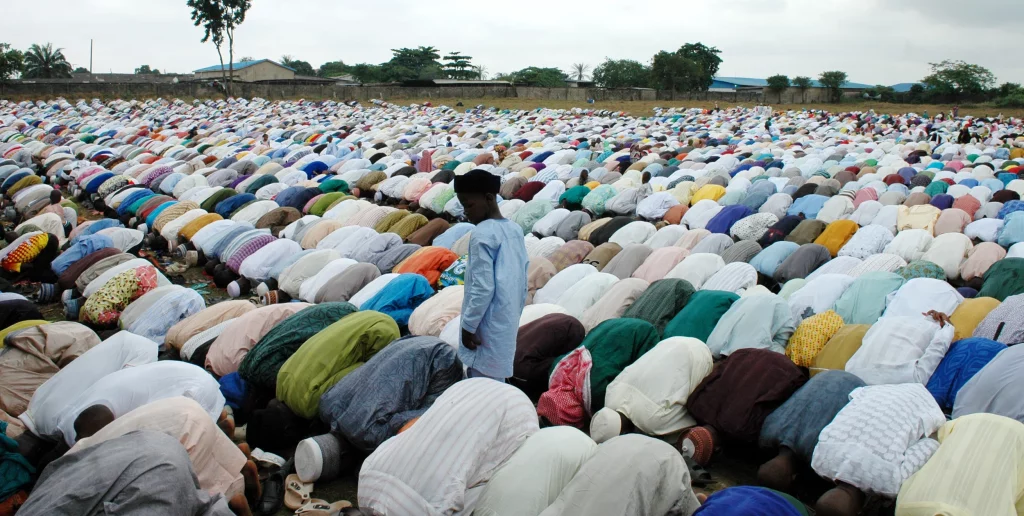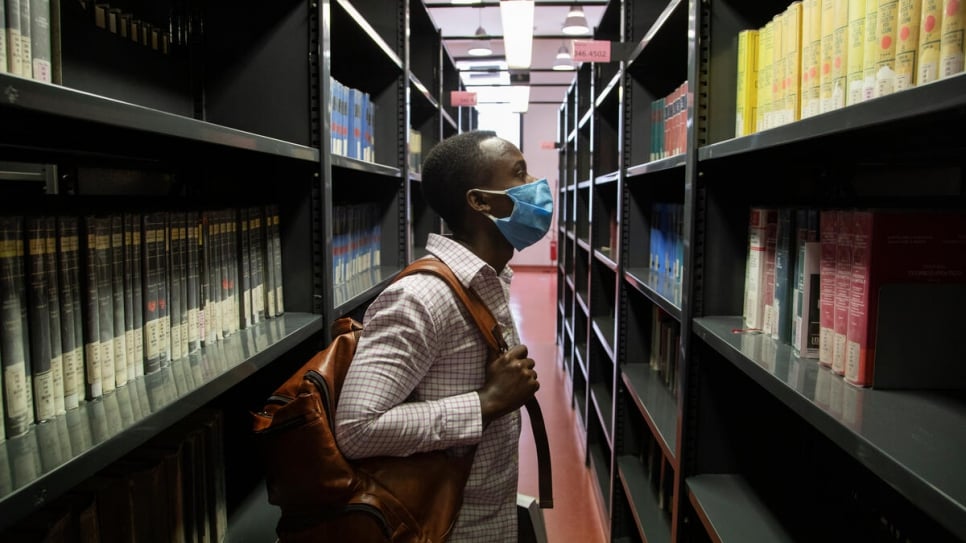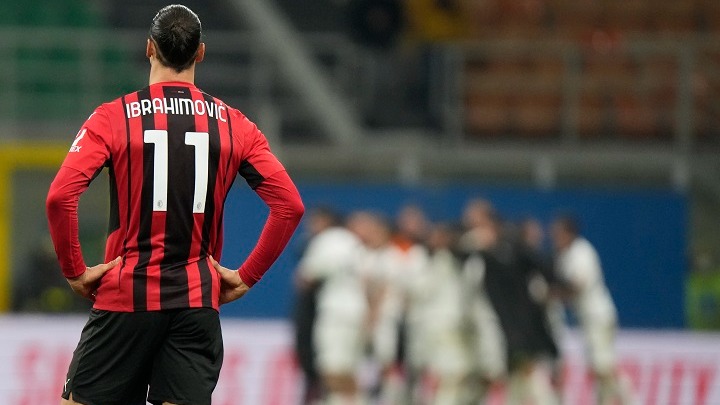In the last decade, Russia has increasingly sought to show off its muscles to the rest of the world. Extensive Russian propaganda has focused on purported successes in the country’s rearmament and military modernization programs, going some way toward convincing the West of the worsening threat posed by Russia’s Armed Forces. However, the actual situation arguably diverges from the rosy narrative disseminated by Kremlin-backed media; in fact, the West may still control some of the critical needs of Russia’s defense-industrial sector and could continue to limit those technologies and inputs for the foreseeable future. This situation is particularly evident in the naval sphere. With 38,000 kilometers of coast line (the third longest in the world) and huge maritime ambitions, Russia needs to control extensive sea areas and project power there. But the capacities and capabilities of the Russian shipbuilding industry fall far short of national political ambitions and military maritime requirements.
Following the collapse of the Soviet Union, the combat power of the Russian Military-Maritime Fleet (Voyenno-Morskoy Flot—VMF) dramatically diminished. Compared to the “golden era” of the Soviet VMF in 1985, by 2005 the navy retained only around one-tenth of the combat platforms of its predecessor. The total number of submarines in the Russian navy fell from 408 to 30; major surface warships decreased from 703 to 46; and combat boats in service were slashed from 450 to 60 (Nezavisimaya Gazeta, July 16, 2004). Over this same time period, the Russian shipbuilding industry suffered as well because of the long-term effects of the post-Soviet economic crisis; domestic shipyards produced almost nothing for the VMF for two decades. From 1990 to 2010, the handful of completed warships and submarines were all based on designs from the Soviet era, such as the Project 955 nuclear submarine Yuri Dolgorukiy, built over a total span of 17 years (1996–2013). Many experts in Russia have suggested that only foreign orders prevented the country’s shipbuilding industry from collapsing entirely over that period.
Once the economy stabilized somewhat, in 2010, Russia adopted its first ten-year “State Shipbuilding Program.” In accordance with this document, by 2020, the Russian navy expected to receive eight strategic missile submarines, eight nuclear-powered submarines, eight non-nuclear submarines, two landing helicopter dock ships, about fifteen frigates and thirty-five corvettes, as well as a large number of auxiliary vessels. One of the goals of this program was the emergency reinforcement of the Black Sea Fleet. Construction of Project 1135.6 frigates and Project 636.3 submarines (six units for each project) had already been worked out with Russian weapons producers because these were Soviet-legacy projects that worked well for export deliveries. Beyond that, the “Russian State Shipbuilding Program to 2020” laid out plans to construct new ship models to replace the entire spectrum of VMF warships, submarines and auxiliary vessels built in Soviet times. Yet the building of these new ships was highly dependent on imports—in particular, the supply of gas turbines from Ukraine, diesel engines from Germany, the entire construction of two landing helicopter dock ships at French shipyards, various types of advanced equipment from Western countries, and more. The historical parallels here are quite notable. Namely, in the process of creating a more modern fleet for the Russian Empire in the 1910s, as well as during the construction of a larger fleet for the Soviet Union on the eve of World War II, the domestic arms industries were also highly dependent on imports of components and technologies (Dfnc.ru, edition 4, 2019).
Moscow approved another key planning document in December of 2010: the “Strategy of Maritime Activity of Russian Federation to 2030.” This document set ambitious goals of Russia maintaining the second-most-powerful naval fleet in the world, being able to conduct large-scale naval construction, and developing aircraft carrier task groups. However, reality set in as the authorities began implementing this strategy over the next decade. Rather than building up a large-scale, modern fleet, the VMF continued to suffer irreversible aging and reduction of its ocean-going assets, while the navy’s major combatant warships were replaced by smaller corvettes and boats; Russian shipyards could not escape their previous course of stagnation (VPK, August 10, 2021).
After Russia occupied Crimea in 2014, member states of the North Atlantic Treaty Organization (NATO) as well as Ukraine imposed embargos on Russia, which had a serious impact on the Russian military industry. As a result, the two helicopter landing dock ships built in France—deemed critical to boosting the capabilities of the VMF—never arrived in Russia, because of the French government’s intervention. Likewise, Berlin blocked the export of German-made diesel engines, and Kyiv cut off further Russian access to Ukrainian gas turbines. Some larger Russian ships, thus, remained uncompleted at shipyards, while others—in particular, missile- and anti-sabotage boats—required the placement of new orders for diesel engines from China (Dfnc.ru, edition 4, 2019).
Moscow was determined to solve these supply problems through import substitution and began developing various natively produced ship propulsion systems. This effort cost Russia at least a five-year delay in the construction of its warships, however (Dfnc.ru, edition 4, 2019). And it was ultimately one of the reasons why Russia ended up focusing on building smaller classes of ships for the VMF instead of major combatants like destroyers (see EDM, May 12, 2017). During the last five years, the authorities commissioned the construction of a number of Project 22160 Vasyl Bykov–class patrol corvettes, Project 21631 Buyan-M–class missile corvettes and Project 22800 Karakurt-class corvettes. But they were built with unreliable Chinese diesel engines aboard. Many Russian experts have heavily criticized these ships for their limited combat capability and questionable design (see EDM, November 12, 2019).
Another challenge is that different Russian shipyards frequently build the same warship type differently from one another. These vessels (with the Project 20380 Stereguschiy-class corvettes and Project 1171.1 Ivan Gren–class large landing ships as notable examples) look similar from the outside but end up with a different composition of compartments inside. This naturally complicates their repair and modernization going forward. In other cases, poor initial designs made later modernization plans highly costly, and those projects were stopped. For instance, modernization work on some old Project 877 Kilo-class submarines was later halted, and those vessels were rescheduled for decommissioning (Dfnc.ru, edition 4, 2019).
Many if not most of these aforementioned problems have notoriously made themselves known in the sagas of the repair of Russia’s nuclear cruiser Admiral Nakhimov and only air craft carrier, Admiral Kuznetsov.
Note: This article have been indexed to our site. We do not claim legitimacy, ownership or copyright of any of the content above. To see the article at original source Click Here











